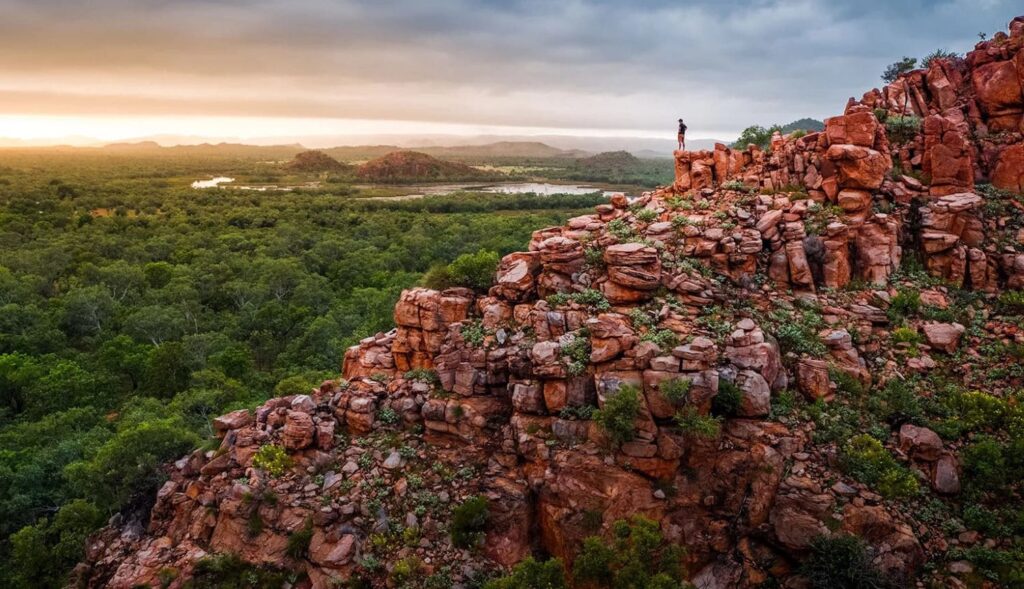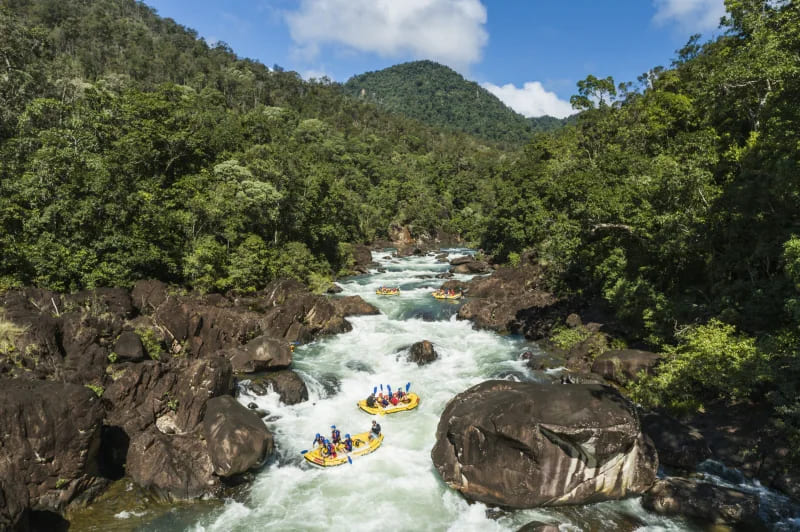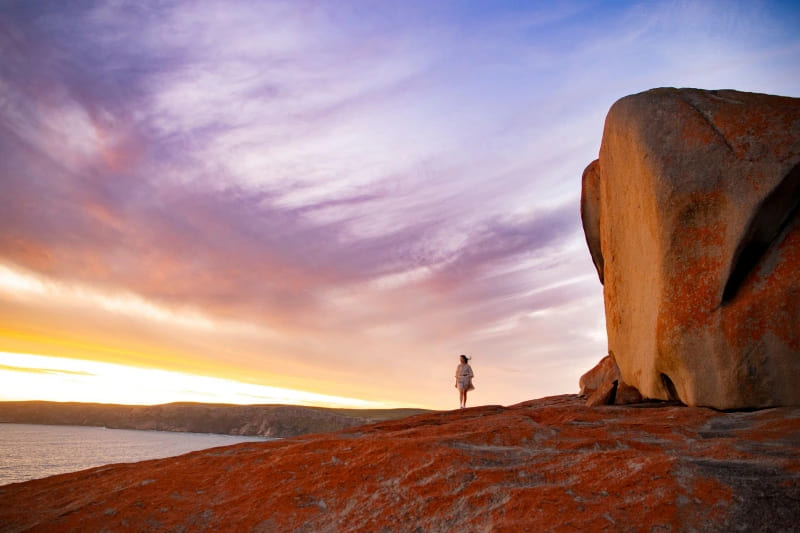A nature lover’s guide to Australia

Australia is a paradise for nature lovers, featuring diverse ecosystems, unique wildlife, and breathtaking landscapes. From its sprawling deserts to lush rainforests and stunning coastlines, the country offers unforgettable experiences for outdoor enthusiasts. This guide will explore some of the best places to connect with nature across Australia, ensuring you make the most of your time in this remarkable land. Whether you’re hiking through national parks, snorkeling in coral reefs, or observing wildlife in their natural habitats, Australia’s natural beauty is a haven awaiting your exploration.
Exploring Australia’s National Parks
Australia is home to over 500 national parks, each showcasing the country’s unique flora and fauna. These parks are vital for conservation and offer visitors the chance to see wildlife in their natural habitat. Popular parks such as Kakadu, the Blue Mountains, and Uluru-Kata Tjuta, are not only spectacular natural wonders but are also steeped in cultural significance. For instance, Kakadu National Park is renowned for its ancient rock art and biodiversity, featuring wetlands, rivers, and escarpments that teem with life. Exploring these parks through hiking trails, guided tours, or camping offers a deep dive into the natural world. Keep an eye out for unique animal species, such as the kangaroo, koala, and Australian sea lion, that call these areas home. The parks also serve various ecological purposes, such as protecting endangered species and preserving vital ecosystems.
Iconic Coastal Destinations

The Australian coastline is among the most beautiful in the world, with stunning beaches and vibrant marine life. Destinations like the Great Barrier Reef, Bondi Beach, and the Whitsunday Islands attract nature lovers and adventure seekers alike. The Great Barrier Reef, a UNESCO World Heritage site, showcases vibrant coral ecosystems and is reputed for its snorkeling and scuba diving opportunities. This underwater paradise is home to thousands of marine species, including colorful fish, sea turtles, and dolphins. On land, you can explore beautiful ecosystems in coastal national parks, such as Noosa National Park, where walking trails lead you to breathtaking views of the ocean. If beach activities are more your style, you can indulge in kayaking, surfing, or even whale watching during the migration season. Remember to respect local wildlife and marine environments, ensuring these treasures are preserved for future generations.
Unique Wildlife Encounters

Australia is renowned for its distinctive wildlife, many of which are not found anywhere else on the planet. Here are some extraordinary creatures you might encounter:
-
- Kangaroo: Australia’s iconic marsupial, often seen grazing in fields and parks.
- Koala: Located in eucalyptus forests, these cuddly creatures are mostly active at night.
- Platypus: A unique egg-laying mammal, the platypus is elusive but can be spotted in lakes and rivers.
- Tasmanian Devil: This carnivorous marsupial faces threats from habitat loss, making sightings rare.
- Great White Shark: An apex predator along the coasts, thrilling for those eager to dive into its waters.
Joining wildlife tours or visiting sanctuaries like the Lone Pine Koala Sanctuary in Brisbane can help enhance your wildlife experience. By engaging with knowledgeable guides, you’ll learn about the habitats, behaviors, and conservation efforts related to Australia’s wildlife, ensuring a meaningful encounter that supports the survival of these unique species.
Unforgettable Hiking and Trekking Trails

Hiking in Australia provides some of the most scenic views and striking landscapes you can imagine. Trails like the Overland Track in Tasmania and the Larapinta Trail in the Northern Territory offer immersive experiences that showcase the rugged beauty of the wilderness. The Overland Track takes you through lush rainforests, alpine meadows, and stunning glacial lakes, ensuring breathtaking panoramas at every turn. Alternatively, the Larapinta Trail provides a challenging hike through the West MacDonnell Ranges, where you’ll encounter diverse landscapes featuring red rock formations and secluded waterholes. It’s essential to research each trail’s difficulty level, terrain, and climate before embarking on your hike. Most trails offer marked paths and varying lengths, allowing for a range of abilities and time commitments. Don’t forget to pack essential items such as water, first-aid kits, and maps to enhance your adventure while ensuring your safety.
Making Sustainable Choices
As a nature lover, it’s important to practice sustainable tourism to protect Australia’s pristine environments. Simple choices can help minimize your impact, such as utilizing eco-friendly products, staying on designated paths, and respecting wildlife. When visiting national parks, be sure to adhere to park regulations regarding litter, noise, and interaction with animals to contribute to conservation efforts. Supporting local conservation initiatives through donations or volunteering can reinforce your commitment to preserving Australia’s natural beauty. Opting for eco-accommodations and tours ensures that your travel choices benefit the local ecosystem and communities. Consider local produce and sustainable dining options to further reduce your ecological footprints, enriching both your experience and Australia’s environment. Remember, your actions play a vital role in safeguarding the natural beauty you cherish.
Conclusion
Australia offers some of the most stunning natural experiences on earth, making it an ideal destination for nature enthusiasts. From exploring national parks and pristine coastlines to encountering unique wildlife and embarking on unforgettable hiking adventures, there is something for everyone in this vast continent. By embracing sustainable practices and supporting conservation efforts, you ensure that Australia’s natural wonders remain preserved for generations to come. Plan your trip with a focus on the environment, and immerse yourself in the breathtaking beauty that defines this incredible nation.
FAQ
The best times to visit are generally during spring (September to November) and autumn (March to May), as the weather is mild and wildlife is highly active.
2. Are there guided tours available for wildlife observation?
Yes, many places offer guided wildlife tours, particularly in national parks and conservation areas, providing insights into local ecosystems.
3. What should I pack for hiking in Australia?
Pack appropriate clothing, sturdy hiking boots, a hat, sunscreen, plenty of water, a first-aid kit, and snacks to keep your energy up.
4. How can I contribute to conservation efforts while traveling in Australia?
You can contribute by supporting local conservation programs, volunteering with organizations, or choosing eco-friendly tours and accommodations.
5. Are there any dangers I should be aware of while exploring nature in Australia?
While exploring, be mindful of wildlife, follow safety guidelines for swimming or diving, and be prepared for changes in weather, especially in remote areas.


